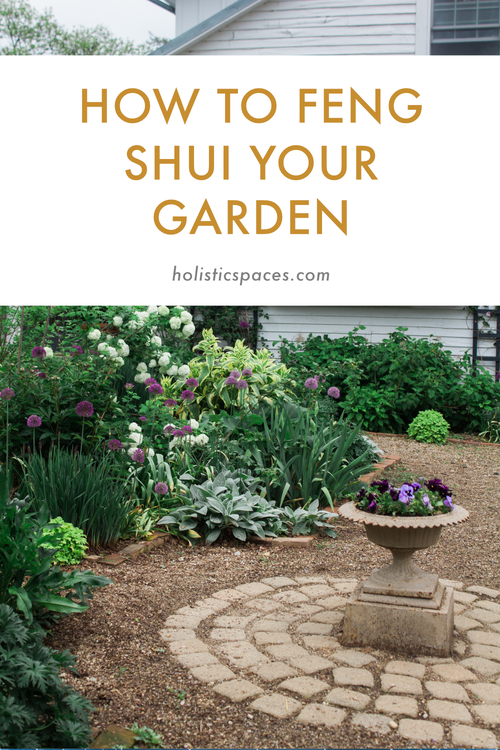I’ve heard a lot about the bagua in feng shui, but I’m a little bit confused about what it is and how to use it!
Thanks for your question! Feng shui practitioners do talk a lot about the bagua, and it’s a really important and foundational concept. Here are a few things to know:
Quick overview
The bagua is one of the tools we use in feng shui. It’s a conceptual energy map that you can overlay on your home, a room, even your desk or bed. If you’re not working with a consultant, the easiest way to start is with your bedroom. Or, if you want to focus on your career, you can lay it on your desk. Bagua is a Chinese word meaning eight areas (gua means area and ba means eight), and it’s made up of eight areas around a center.
How to lay the bagua
To lay the bagua map, align the bottom of the map with the entry wall of your space. Say you are laying the bagua on your bedroom. The entry to your bedroom will always be along the bottom row, so it will be in knowledge, path in life, or benefactors. Another easy way is to stand in the door of your bedroom looking in, and divide it into a three-by-three grid that way. If you’re looking into your bedroom from the entrance, the far left corner is the abundance (purple) area and the far right corner is the relationships (pink) area.
The image above is a really simplified version of the bagua because as we know, life doesn’t fit into perfect squares. It’s a conceptual layout that can stretch or contract to adapt to the size and shape of any space.
Areas of the bagua
Let’s start with the green gua (area) called zhen, which is related to new beginnings and family. I always teach my students the Chinese names because the English translations don’t fully express the many layers of each gua. Each gua is also related to a color, number, body part, and so much more.
Going around clockwise, the next area is the purple abundance area. This area is called xun and is related to wealth and self-worth. Next is li, which is connected to fame, recognition, and the color red. In the far right corner is kun, the pink area, which represents relationships, kun, partnerships, the mother element, and self care. As you can imagine, these three areas in the back of the bagua (abundance, fame, and relationships) are generally very popular! It makes sense intuitively that the guas at the back of your home are related to the deeper aspects of your life, while the guas at the front of your home have more to do with your connection to the world.
After kun we have dui, the white area. This area is sometimes misnamed creativity, but it’s really about completion. The inspiration of creativity is more related to the new beginnings area. Dui is about output and projects, which can be creative projects, as well as children, offspring, and joy. Next to dui is qian, or benefactors. This area is also related to the color grey, helpful people, the father element, and travel.
The black area is kan, related to path in life and career. You career doesn’t have to be your path in life, though they are often related. This area is about your reason for being in the world, and it’s also related to your ancestors. The dark blue area is gen, which has to do with self-cultivation, self-knowledge, and skillfulness.
Finally, the center of the bagua is called the tai chi, and it’s related to overall wellness because it touches all other guas, and all other areas of your life. The center of anything, including a home, body, or even face (yes, you can lay the bagua on your face!) has a lot to do the overall health of the space or person.
by Anjie Cho






